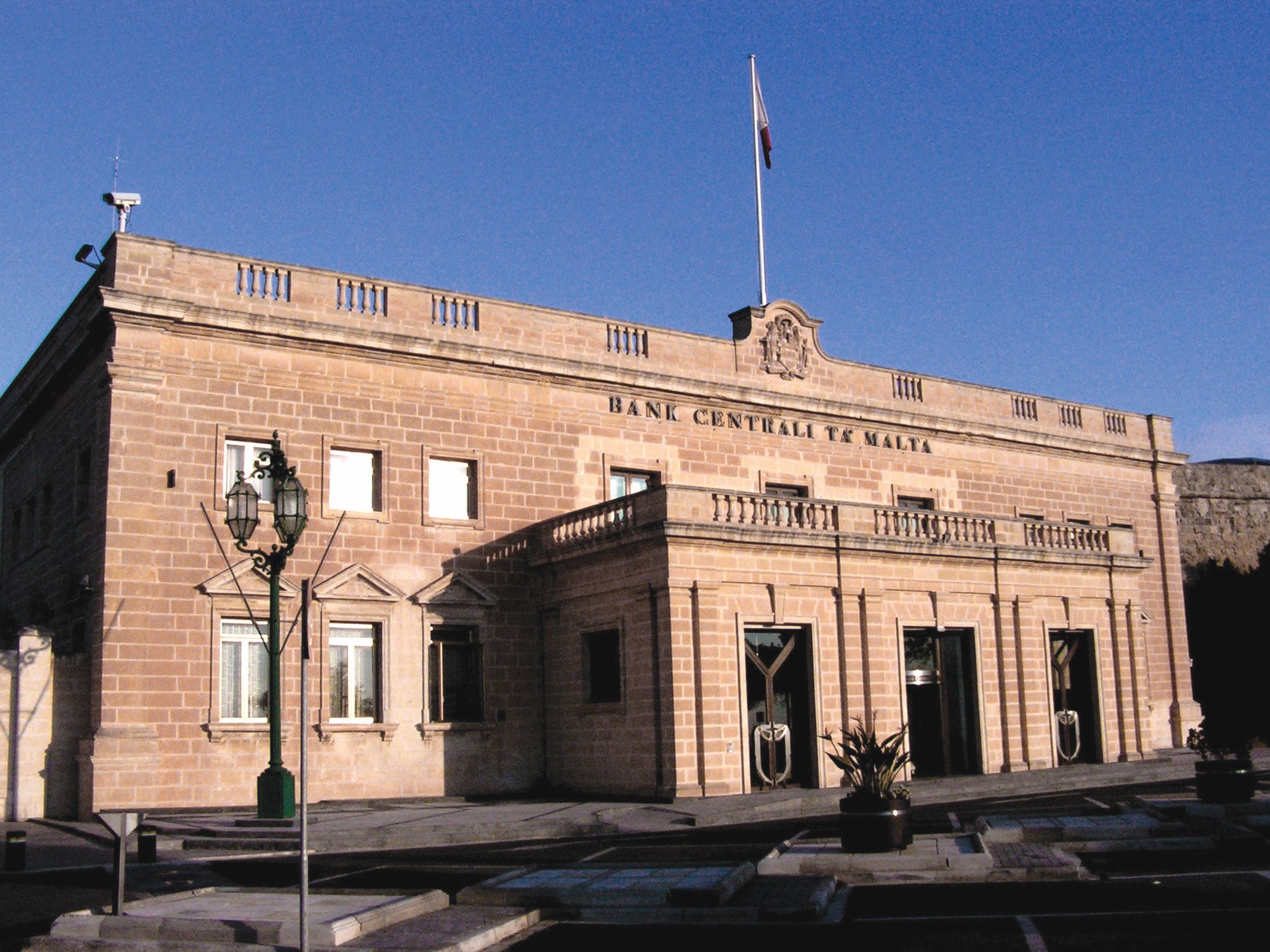The Central Bank of Malta (CBM) has released its latest economic update, in which it reported that during May, annual growth in business activity was broadly unchanged around its long-term average.
The European Commission’s economic confidence indicator for Malta rose in May but remained below its long-term average. Additionally, the Commission’s employment expectations indicator fell and remained below its long-run average.
Price expectations decreased across all sectors, bar the construction sector. The largest decreases were recorded in the services sector and among consumers.
Developments in activity indicators were positive. In April, industrial production and retail trade rose on a year earlier. Unemployment remained low from a historical perspective.
Residential permits were lower in April compared with their year-ago level. In May, the number of residential promise-of-sale agreements and the number of final deeds of sale were below those a year earlier.
During the 12 months to April, Maltese residents’ deposits, forming part of the broad monetary aggregate M3, increased due to higher balances belonging to households and non-financial corporations.
Credit to Maltese residents continued to increase at a swift rate, driven by an expansion in loans to government and other sectors.
In May, the annual inflation rate based on the Harmonised Index of Consumer Prices (HICP) fell marginally to 2.3 per cent, while HICP excluding energy and food, remained firmly below the euro area average.
Meanwhile, inflation, according to the Retail Price Index (RPI), decreased to 1.5 per cent, the lowest rate since June 2021.
In April, the Consolidated Fund recorded a lower deficit compared to a year earlier.
The full economic update is available here.
Government introduces mandatory physical inspection for vintage vehicle classification
From 1st September 2025, vehicles seeking vintage status must undergo a physical inspection by the official classification committee
Local filmmakers paid just €250 to screen at Mediterrane Film
The figure stands in stark contrast to the estimated €5 million total spend
Malta International Airport closes in on one million passengers in June
Meanwhile, aircraft traffic movement rose by 4.5 per cent year on year






